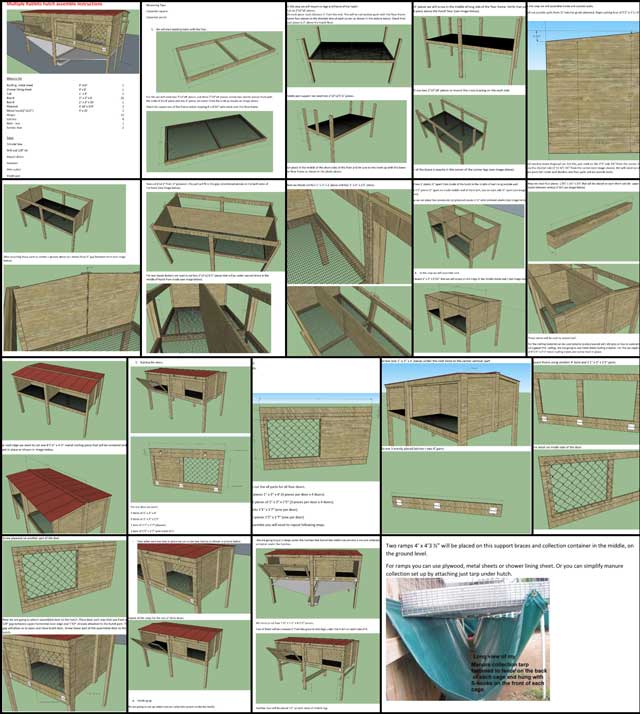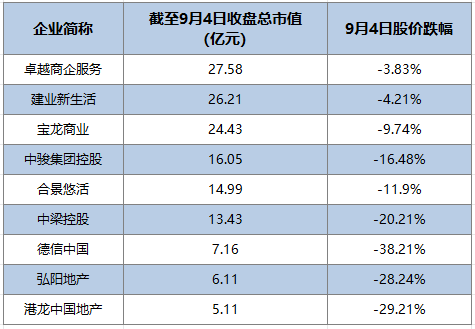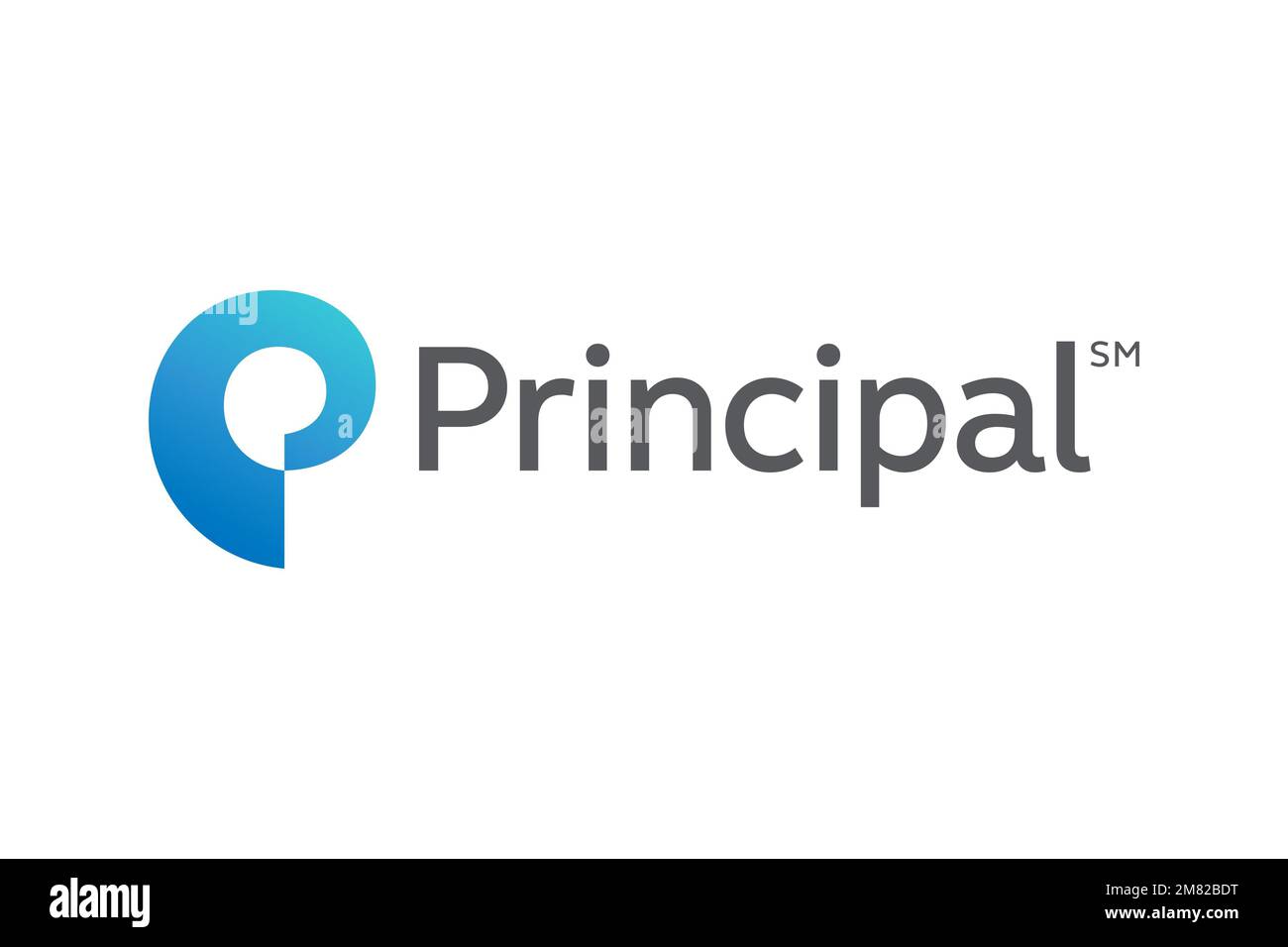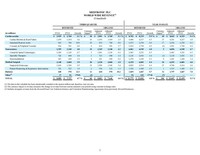Weekly Review: Identifying And Addressing Failures

Table of Contents
Analyzing Your Week: Identifying Areas of Failure
To effectively conduct a weekly review, you must first identify areas where you fell short of your goals. This involves a process of honest self-assessment and data gathering.
Defining "Failure" in Your Context:
What constitutes a failure for you? It's not just about catastrophic events; minor setbacks and missed opportunities also count. A successful weekly review incorporates both large and small failures.
- Consider both personal and professional goals. A comprehensive weekly review should encompass all aspects of your life, not just work.
- Define specific, measurable, achievable, relevant, and time-bound (SMART) goals to better identify deviations. Vague goals make it difficult to pinpoint failures.
- Don't shy away from honest self-assessment. What didn't go as planned? Be brutally honest with yourself to facilitate genuine growth.
Gathering Data for Your Weekly Review:
How will you track your progress? Utilize tools and techniques that suit your work style. Consistent data collection is vital for effective weekly reviews.
- Track time spent on tasks to pinpoint time-wasting activities. Time tracking apps or simple spreadsheets can reveal where your time is going.
- Review emails and communications for missed deadlines or miscommunications. Analyze your communication patterns to identify areas for improvement.
- Reflect on feedback received from colleagues, clients, or supervisors. Feedback provides valuable external perspectives on your performance.
Categorizing Failures for Better Understanding:
Group similar failures to identify patterns and root causes. Are you consistently missing deadlines? Is there a recurring communication issue? Categorization helps to reveal underlying issues.
- Use a simple spreadsheet or mind map to categorize your findings. Visual representation aids in identifying trends.
- Look for common threads – this is key to finding solutions. Understanding patterns allows for targeted interventions.
- Be specific. Instead of "missed deadlines," specify which deadlines and why. Detailed analysis is crucial for effective problem-solving.
Addressing Failures: Learning and Improvement
Once you've identified your failures, the next step is to analyze their root causes and develop actionable solutions. This is where you transform setbacks into opportunities for growth.
Root Cause Analysis:
Don't just identify the problem; understand why it happened. Was it a lack of resources, poor planning, insufficient skills, or external factors?
- Use the "5 Whys" technique to delve deeper into the causes. Keep asking "why" until you reach the root of the problem.
- Consider external factors beyond your control, but also look for areas where you could have mitigated their impact. Learn to adapt to unforeseen circumstances.
- Be objective and avoid blame. Focus on solutions, not on assigning fault.
Developing Actionable Solutions:
Once you understand the root cause, create a plan to prevent similar failures in the future. A well-defined action plan is critical for improvement.
- Set realistic goals and deadlines for implementing solutions. Avoid setting yourself up for failure with unrealistic expectations.
- Break down large solutions into smaller, manageable tasks. Tackling large problems in small steps is more manageable.
- Seek help or mentorship if needed. Don't hesitate to ask for assistance when you need it.
Tracking Progress and Iteration:
Regularly monitor your progress in implementing solutions. What's working? What needs adjustment? The weekly review is an iterative process.
- Schedule follow-up reviews to check on progress. Regular check-ins ensure that you stay on track.
- Be willing to adapt your strategies as needed. Flexibility is key to addressing unexpected challenges.
- Celebrate successes, even small ones, to maintain motivation. Acknowledge your progress to stay encouraged.
Conclusion:
Regularly conducting a weekly review is vital for continuous growth and preventing past mistakes from repeating. By systematically identifying and addressing failures, you transform setbacks into valuable learning opportunities. Don't just focus on accomplishments; analyze your failures to optimize your performance and achieve greater success. Start implementing your own effective weekly review process today and experience the transformative power of learning from your mistakes. Remember, a proactive weekly review is your key to unlocking consistent improvement and achieving your goals.

Featured Posts
-
 New Orleans Jazz Fest A Comprehensive Guide For First Timers
May 17, 2025
New Orleans Jazz Fest A Comprehensive Guide For First Timers
May 17, 2025 -
 T Mobile To Pay 16 Million For Data Breaches Over Three Year Period
May 17, 2025
T Mobile To Pay 16 Million For Data Breaches Over Three Year Period
May 17, 2025 -
 Mitchell Robinsons Season Debut New York Knicks See Return After Ankle Injury
May 17, 2025
Mitchell Robinsons Season Debut New York Knicks See Return After Ankle Injury
May 17, 2025 -
 University Of Utahs West Valley City Medical Campus A Comprehensive Overview
May 17, 2025
University Of Utahs West Valley City Medical Campus A Comprehensive Overview
May 17, 2025 -
 Florida School Shootings Lockdown Protocols And Generational Impact
May 17, 2025
Florida School Shootings Lockdown Protocols And Generational Impact
May 17, 2025
Latest Posts
-
 112
May 17, 2025
112
May 17, 2025 -
 13 Analyst Assessments Of Principal Financial Group Pfg Key Insights For Investors
May 17, 2025
13 Analyst Assessments Of Principal Financial Group Pfg Key Insights For Investors
May 17, 2025 -
 Delay Of 2024 Financial Report Publication An Update From Valerio Therapeutics S A
May 17, 2025
Delay Of 2024 Financial Report Publication An Update From Valerio Therapeutics S A
May 17, 2025 -
 Valerio Therapeutics 2024 Financial Report Publication Delayed
May 17, 2025
Valerio Therapeutics 2024 Financial Report Publication Delayed
May 17, 2025 -
 Valerio Therapeutics S A Postpones Publication Of 2024 Annual Financial Report
May 17, 2025
Valerio Therapeutics S A Postpones Publication Of 2024 Annual Financial Report
May 17, 2025
